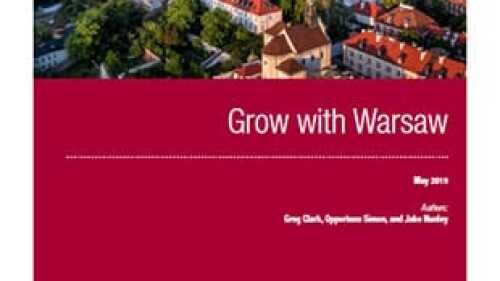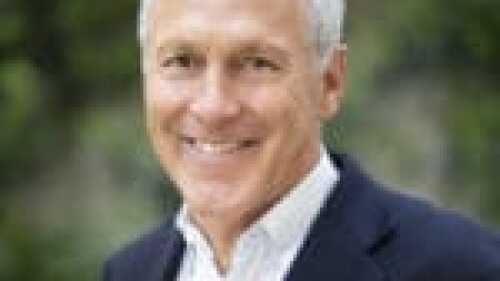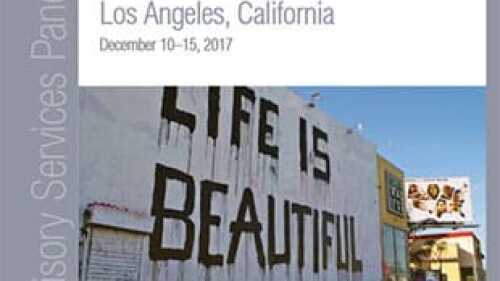Public/Private Partnerships
By 2040, metro Atlanta is projected to grow by 2.5 million people, bringing it to 8 million people, according to the Atlanta Regional Commission. Understanding how transportation and land use can accommodate this increase was one of the subjects discussed at a recent ULI Atlanta event. The event was cohosted in partnership with Perimeter Connects and the Perimeter Community Improvement Districts.
A new ULI report argues for bold planning and effective reforms to bring Warsaw to life. Based on a series of workshops that brought together the city of Warsaw and real estate investors, the Grow with Warsawreport concludes that better cooperation between stakeholders will provide a strong foundation for growth in the city and sets out a series of recommendations based on a city competitiveness framework.
ULI Advisory Services convened a panel of land-use experts in early April to brainstorm ideas on how to improve funding for long-term maintenance and sustainability of Detroit’s parks.
A new online Public Infrastructure Decision Tree provides guidance to state and local government officials.
What could the future of cities look like? In the future, cities will have more in common, and will have more interaction with each other than with regional governments, said speakers at ULI Germany’s Urban Leader Summit in May. This “parasovereignty” can already be seen in places such as Dubai, where some cities use different systems of law to attract investment.
Longtime ULI leader Douglas D. Abbey, chairman of Swift Real Estate Partners in San Francisco, has been named chairman of the ULI Foundation. Abbey, whose membership with ULI spans 37 years, began his term as Foundation chairman July 1.
In April, ULI Advisory Services presented recommended redevelopment possibilities for the 24-acre (9.7 ha) site of Bloomington Hospital—a campus in Bloomington, Indiana, that will move its operations in 2020.
A recent ULI Advisory Services panel, funded entirely by the ULI Foundation, provided recommendations specific to the city of Los Angeles but adaptable to other metropolitan areas.
In fall 2016, about 100 residents, business owners, and public officials came together to discuss the Franklin Canal in El Paso, Texas, the adjacent neighborhoods, and an opportunity to connect them: a proposed Active Transportation System (ATS) funded by the El Paso Metropolitan Planning Organization (MPO). These community members were participating in an ULI Advisory Services panel, a weeklong workshop convened to develop a strategy for the “International Beltway” portion of the ATS.
How can the public and private sectors work together to encourage more development around public transportation networks?








